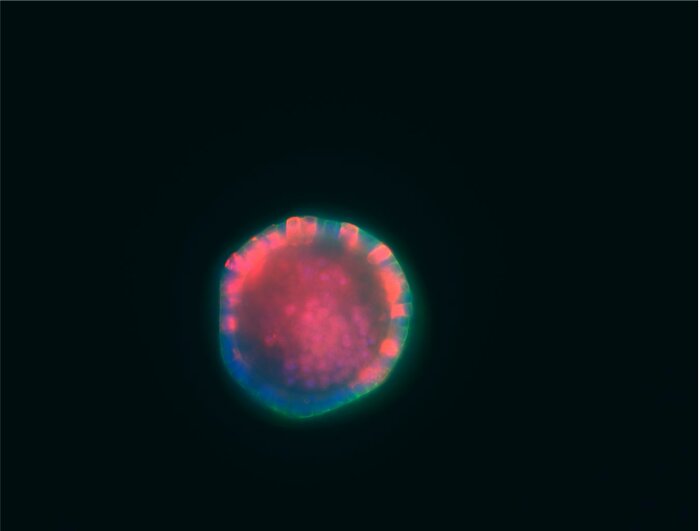
Investigators at the Brigham and the Broad Institute have created specialized, tissue-like structures in the laboratory to model barrier tissues, such as the intestines, to identify new targets for treatment. Barrier tissues are exposed to substances from the outside world but serve as a layer of protection. Over the years, researchers have developed more sophisticated, three-dimensional models of epithelial barrier tissues, such as the intestine. These models are known as intestinal organoids.
In a new study, investigators discovered a tissue-modifying molecule that can target intestinal stem cells and signal them to create Paneth cells, a rare but important cell type that can alter the gut microbiota. Previous studies have shown that Paneth cells are depleted in diseases such as inflammatory bowel disease and graft-versus-host disease. Replenishing these rare cells could represent a new therapeutic pathway. The team’s approach could also be used to identify molecules that could target other intestinal cell types.
“Our paper provides the first approach to engineering our barrier tissues like the intestine by targeting and activating stem cells in situ and causing new important cell types to form,” said co-lead author Benjamin Mead, Ph.D., of the Broad Institute. “This could be used to potentially treat a wide range of diseases by manipulating the cell composition of the intestine.”
Source: Read Full Article
